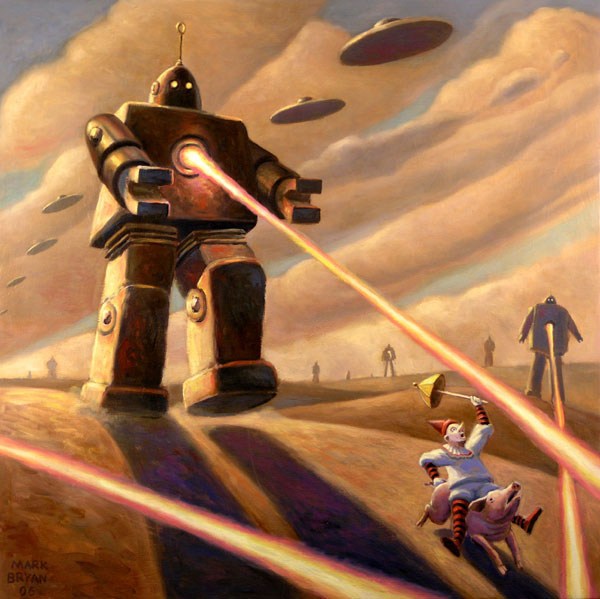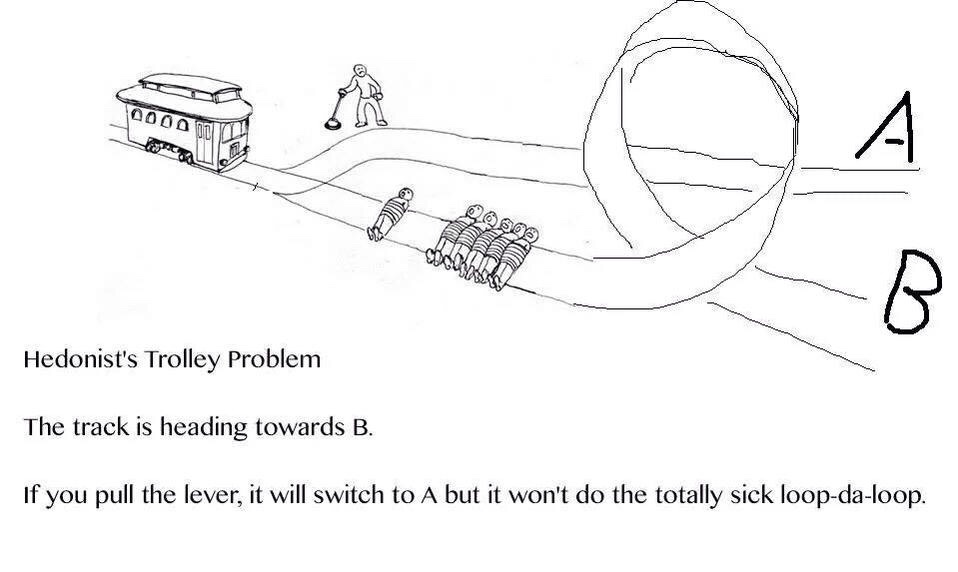I just returned from a cruise to Alaska. It is a wonderful, beautiful place. I zip-lined in a rain forest canopy, hiked above a glacier, kayaked coastal Canada and was pulled by sled-dogs. Anywho, as on many cruises, there was a casino, which is an excellent excuse for me to discuss probability.
What is probability and where does it come from? Definitions are easy enough to find. Google returns:
a measure of how likely it is that some event will occur; a number expressing the ratio of favorable cases to the whole number of cases possible …
So it’s a measure of likelihood. What’s likelihood? Google returns:
The probability of a specified outcome.
Awesome. So ‘probability as likelihood’ is non-explanatory. What about this ‘ratio of favorable cases to the whole number of cases possible’? I’m pretty wary about the word favorable. Let’s modify this definition to read:
a number expressing the ratio of certain cases to the whole number of cases possible.
Nor do I like ‘a number expressing…’ This refers to a particular probability, not probability at large, so let’s go back to using ‘measure’:
a measure of certain cases to the whole number of cases possible.
We need to be a bit more explicit about what we are measuring:
a measure of the frequency of certain cases to the whole number of cases possible.
OK. I think this isn’t that bad. When we flip a fair coin the probability is the frequency of landing on heads compared to the total cases possible, heads + tails, so 1 out of 2. Pretty good.
But notice the addition of the word fair. Where did it come from, what’s it doing there? Something is said to be fair if that thing shows no favoritism to any person or process. In terms of things that act randomly, this means that the thing acts in a consistently random way. Being consistently random means it is always random, not sometimes random and other times not random. This means that fairness has to do with the distribution of the instances of the cases we are studying. What governs this distribution?
In the case of of a coin, the shape of the coin and the conditions under which it is measured make all the difference in the distribution of heads and tails. The two sides, heads and tails, must be distinguishable, but the coin must be flipped in a way such that no one can know which side will land facing up. The shape of the coin, even with uniform mass distribution, cannot preclude this previous condition. Therefore the source of probability is the interdependence of physical conditions (shape and motion of the coin) and an epistemic notion (independence of knowledge of which side will land up). When the physical conditions and our knowledge of the conditions are dependent upon each other then the situation becomes probabilistic because the conditions preclude our knowing the exact outcome of the situation.
It is now time to recall that people cheat at gambling all the time. A trio of people in March 2004 used a computer and lasers to successfully predict the decaying orbit of a ball spinning on a roulette wheel (and walked out with £1.3 million). This indicates that after a certain point it is possible to predict the outcome of a coin flipping or a roulette ball spinning, so the dependence mentioned above is eventually broken. However this is only possible once the coin is flipping or the roulette ball is rolling, not before the person releases the roulette ball or flips the coin.
With the suggestion that it is the person that determines the outcome we can expand the physical-epistemic dependence to an physical-epistemic-performative one. If I know that I, nor anyone else, can predict the outcome until after I perform a task, then the knowledge of the outcome is dependent upon how I perform that task.
This makes sense because magicians and scam artists train themselves to be able to perform tasks like shuffling and dealing cards in ways that most of us think is random but are not. The rest of us believe that there is a dependence between the physical setup and the outcome that precludes knowing the results, but this is merely an illusion that is exploited.
What about instances in which special training or equipment is unavailable; can we guarantee everyone’s ability to measure the thing in question to be equal? We can: light. Anyone who can see at all sees light that is indistinguishable from the light everyone else sees: it has no haecceity.
This lack of distinguishability, lack of haecceity (thisness), is not merely a property of the photon but a physical characteristic of humans. We have no biology that can distinguish one photon from another of equivalent wavelength. To distinguish something we have to use a smaller feature of the thing to tell it apart from its compatriots. Since we cannot see anything smaller, this is impossible. Nor is there a technology that we could use to augment our abilities: for us to have a technology that would see something smaller than a photon would require us to know that the technology interacted at a deeper level with reality than photons do. But we cannot know that because we are physically limited to using the photon as our minimal measurement device. The act of sight is foundational: we cannot see anything smaller than a photon nor can anything smaller exist in our world.
The way we perceive photons will always be inherently distributed because of this too. We cannot uniquely identify a single photon, and hence we can’t come back and measure the properties of a photon we have previously studied. Therefore the best we will be able to accomplish when studying photons is to measure a group of photons and use a distribution of their properties, making photons inherently probabilistic. Since the act of seeing light is a biological feature of humans, we all have equal epistemological footing in this instance. This means that the epistemic dependence mentioned above can be ignored because it adds nothing to the current discussion. Therefore we can eliminate the epistemic notion from our above dependence, reducing it to a physical-performative interdependence.
Since it is a historical/ evolutionary accident that the photon is the smallest object we can perceive, the photon really is not fundamental to this discussion. Therefore, the interdependence of the physical properties of the smallest things we can perceive and our inherent inability to tell them apart is a source of probability in nature.
This is a source of natural randomness as well: once we know the probability of some property that we cannot measure directly, the lack of haecceity means that we will not be able to predict when we will measure an individual with said property. Therefore the order in which we measure the property will inherently be random. [Assume the contradiction: the order in which we measure the property is not random, but follows some pattern. Then there exists some underlying structure that governs the appearance of the property. However, since we are already at the limit of what can be measured, no such thing can exist. Hence the order in which we measure the property is random.]
————–
If I were Wittgenstein I might have said:
Consider a situation in which someone asks, “How much light could you see?” Perhaps a detective is asking a hostage about where he was held. But then the answer is, “I didn’t look.” —— And this would make no sense.
hmmmm…. I did really mean to get back to gambling.


